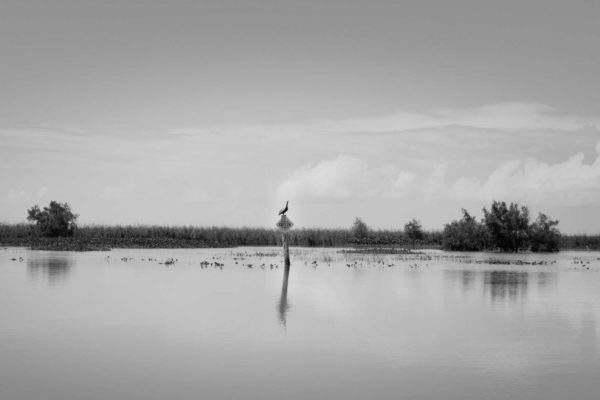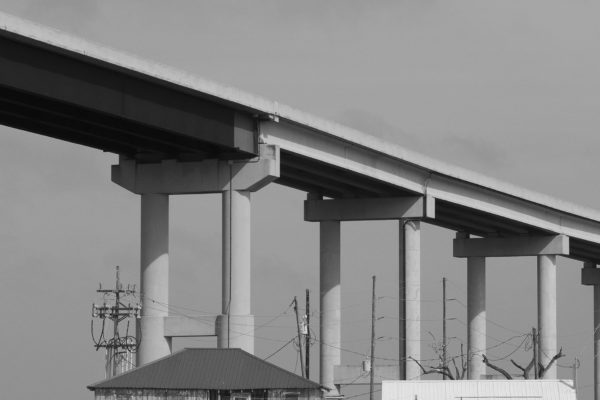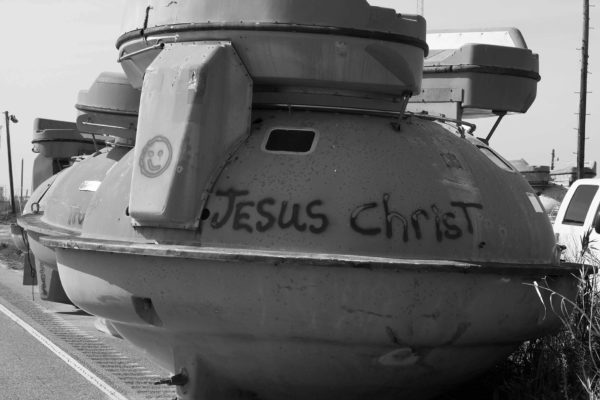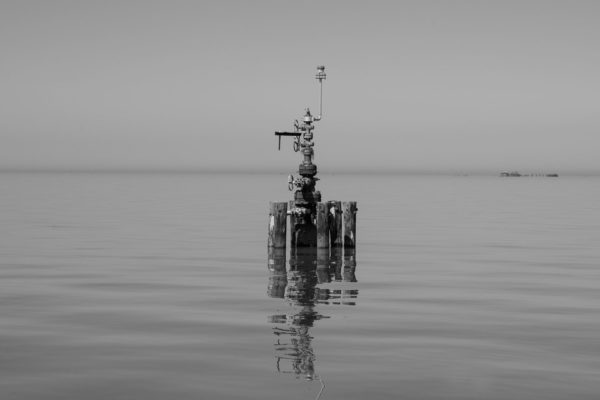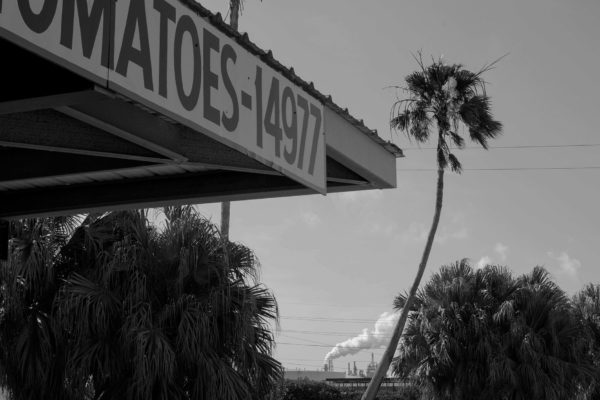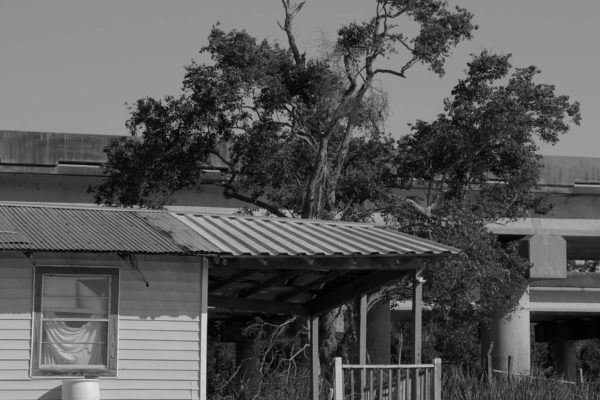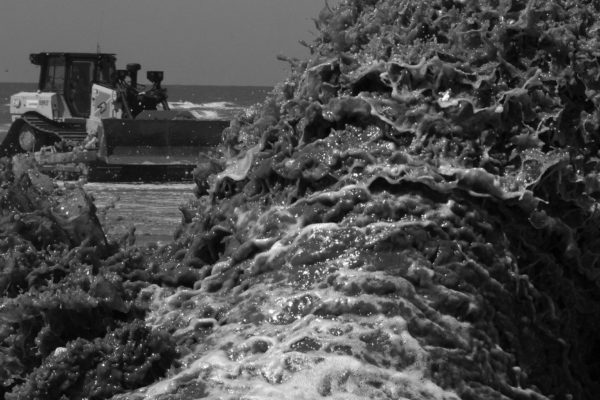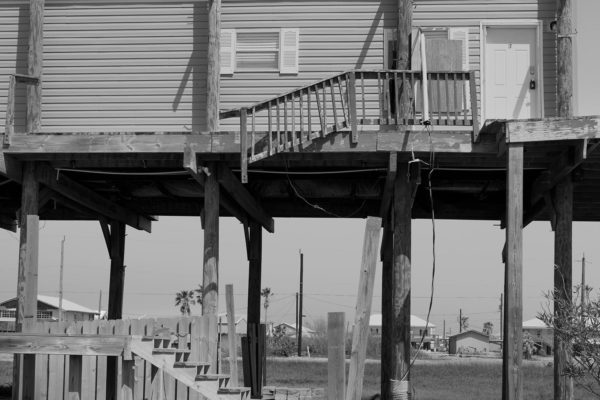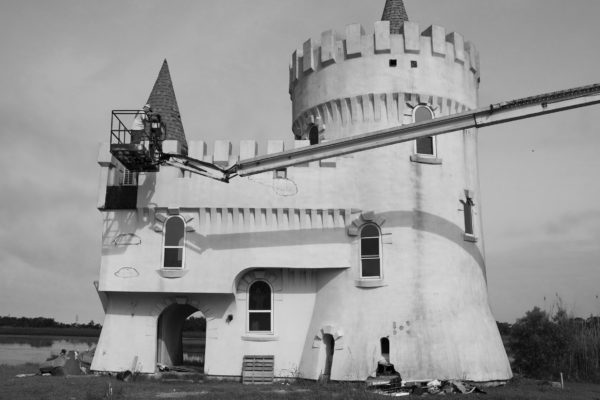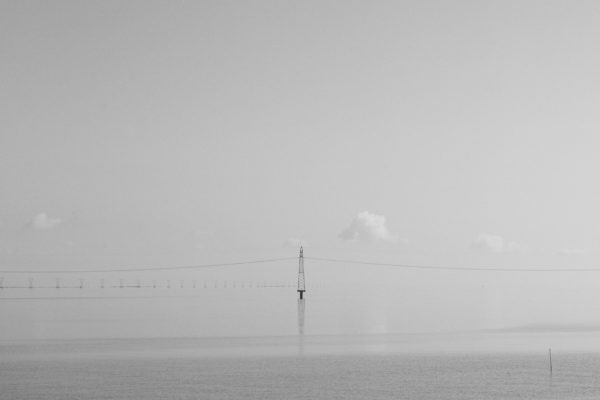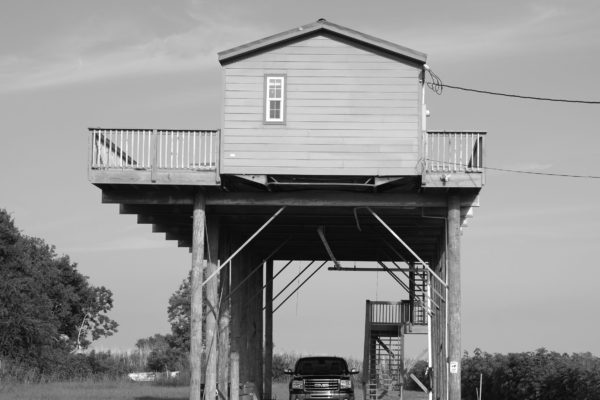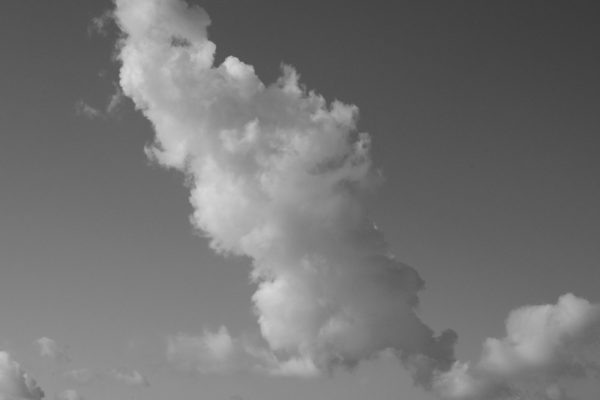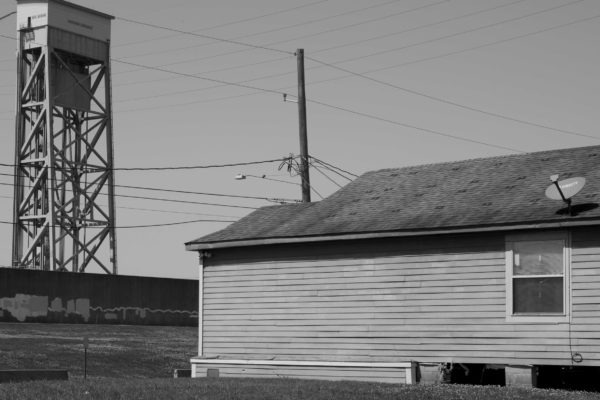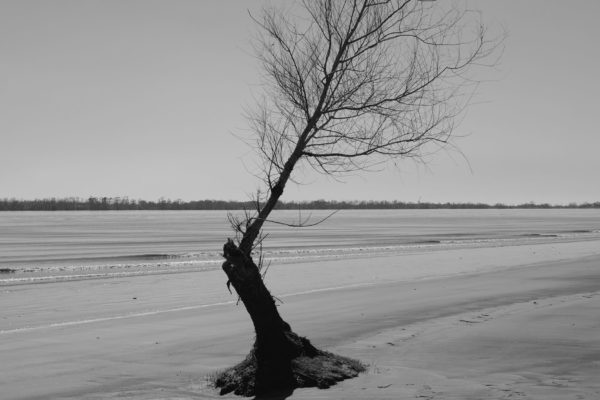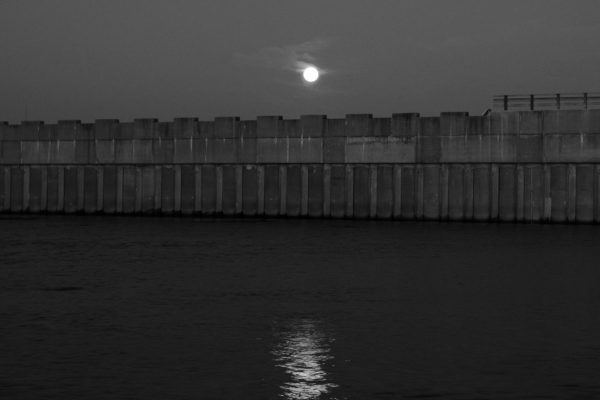Abstract of the accomplished photographic work
In South Louisiana, where the Mississippi River meets the Gulf of Mexico, weather and storms are the markers of time. These photographs, made over the course of ten years, are dedicated to complicating disaster-oriented narratives and the imagery and imaginations that come with them.
With my work, I am interested in parsing the complexity of living with a changing climate while advocating for the value of a place that is often seen by the rest of the United States as a sacrificial climate buffer zone. The environmental parameters we are forced to reckon with today emphasize how living along the water will look increasingly different in the coming decades – especially as invisible infrastructures like flood insurance continue to alter the landscape. My images illuminate how we’ve altered the land through shortsighted technical measures and have thus chosen to protect certain communities over others.
Description of the project you intend to pursue through the Prize
This project challenges the impact of disaster relief efforts and questions what the future may look like as the landscape transforms. Who is able to move? What resources are available for those forced to stay? What is the emotional connection to a place undergoing rapid physical change and whose memory is preserved in the built environment? By focusing on Grand Isle and Plaquemines Parish, two sites recently and/or repeatedly impacted by hurricanes along Louisiana’s coast, this project seeks to explore the successes and failures of our current climate policies. Documenting these spaces will allow for a new perspective on the future of development in these vulnerable areas and humanize the climate crisis through personal experiences of rebuilding. Through photographs of the architecture and landscape along with interviews conducted with residents impacted by these disasters, the project will provide insight into the disjointed climate policies along the state’s coastline.

